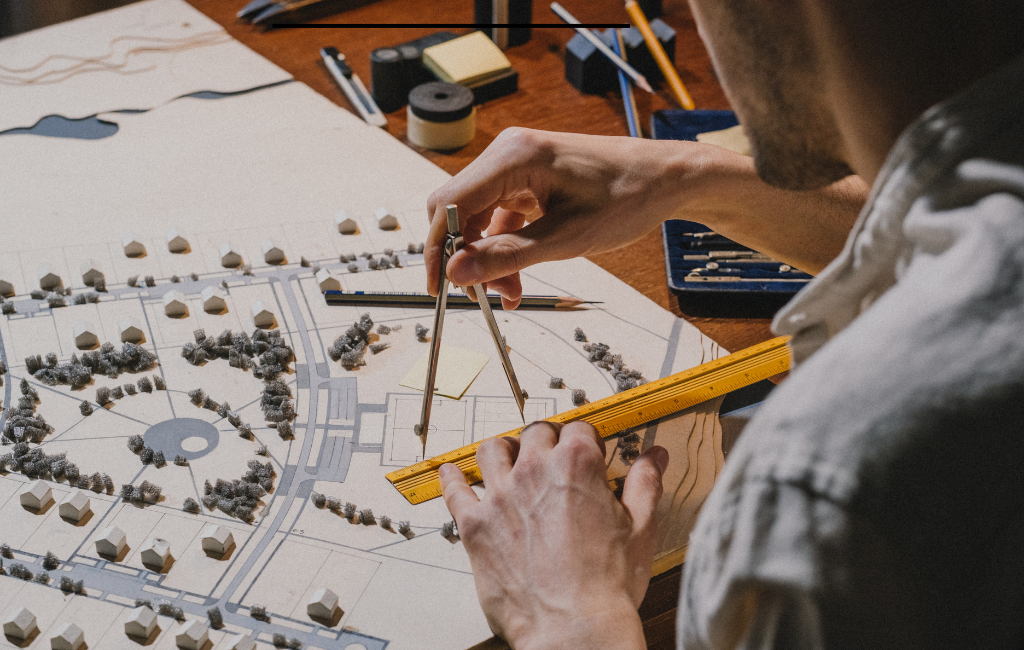Architects Design and Creativity
Architecture stands as a testament to human ingenuity and creativity. It is an art form that combines functionality with aesthetics, shaping the environments in which we live, work, and play. The role of architects extends beyond mere construction; they are visionaries who bring ideas to life, transforming abstract concepts into tangible structures. This article explores the intricate relationship between design and creativity in architecture, highlighting the processes, challenges, and triumphs that define this dynamic field.
The Role of Creativity in Architecture
Creativity is the lifeblood of architecture. It fuels innovation and drives architects to push the boundaries of what is possible. At its core, creativity in architecture involves the ability to envision new possibilities and solutions that address both practical needs and aesthetic desires. This creative process is not linear; it requires architects to think critically, adapt to changing circumstances, and embrace new technologies and materials.
Innovative Design Approaches
Architects employ a variety of innovative design approaches to bring their creative visions to life. Some of these include:
- Biophilic Design: Integrating natural elements into architectural spaces to enhance well-being and productivity.
- Parametric Design: Using algorithms and computational tools to create complex and adaptive structures.
- Sustainable Design: Focusing on energy efficiency, resource conservation, and environmental impact reduction.
- Adaptive Reuse: Repurposing existing structures for new functions, preserving cultural heritage while meeting modern needs.
Case Study: The Eden Project
The Eden Project in Cornwall, UK, exemplifies the power of creativity in architecture. Designed by architect Nicholas Grimshaw, this innovative structure consists of a series of geodesic domes housing diverse plant species from around the world. The project showcases how creative design can transform a former clay pit into a thriving ecological and educational center, attracting millions of visitors annually.
The Design Process: From Concept to Reality
The architectural design process is a complex journey that involves multiple stages, each requiring a unique blend of creativity and technical expertise. This process typically includes:
- Conceptualization: Developing initial ideas and sketches based on client needs and site conditions.
- Design Development: Refining concepts into detailed plans and models, incorporating structural, mechanical, and electrical systems.
- Documentation: Creating comprehensive construction documents that guide builders and contractors.
- Construction: Overseeing the building process to ensure the design is executed accurately and efficiently.
Challenges in the Design Process
Architects face numerous challenges throughout the design process. Balancing creativity with practicality is a constant struggle, as architects must consider factors such as budget constraints, regulatory requirements, and site limitations. Additionally, collaboration with clients, engineers, and contractors is essential to ensure that the final product aligns with the original vision.
The Impact of Technology on Architectural Creativity
Technology has revolutionized the field of architecture, providing architects with new tools and techniques to enhance their creative capabilities. From computer-aided design (CAD) software to virtual reality (VR) simulations, technology enables architects to visualize and manipulate their designs in unprecedented ways.
3D Printing and Digital Fabrication
3D printing and digital fabrication have opened new avenues for architectural creativity. These technologies allow architects to create intricate models and prototypes quickly and accurately, facilitating experimentation and innovation. For example, the MX3D Bridge in Amsterdam, a fully functional 3D-printed steel bridge, demonstrates the potential of digital fabrication in creating complex and sustainable structures.
Building Information Modeling (BIM)
Building Information Modeling (BIM) is another technological advancement that has transformed architectural design. BIM software enables architects to create detailed digital representations of buildings, incorporating data on materials, systems, and performance. This holistic approach enhances collaboration and decision-making, leading to more efficient and sustainable designs.
Famous Architects and Their Creative Contributions
Throughout history, numerous architects have left an indelible mark on the world through their creative contributions. Some of these visionaries include:
- Frank Lloyd Wright: Known for his organic architecture and iconic designs such as Fallingwater and the Guggenheim Museum.
- Zaha Hadid: Renowned for her futuristic and fluid forms, exemplified by the Heydar Aliyev Center and the Guangzhou Opera House.
- Le Corbusier: A pioneer of modern architecture, celebrated for his innovative use of concrete and open floor plans.
- Renzo Piano: Acclaimed for his sustainable and context-sensitive designs, including The Shard and the Centre Pompidou.
Conclusion
Architecture is a dynamic and ever-evolving field that thrives on creativity and innovation. Architects play a pivotal role in shaping the built environment, transforming ideas into reality through a blend of artistic vision and technical expertise. As technology continues to advance, architects are equipped with new tools to push the boundaries of design, creating spaces that inspire and uplift. The legacy of creative architects is evident in the iconic structures that define our cities and communities, serving as a testament to the power of human imagination.
